When in New York, don’t miss out on visiting one of the city’s most famous museums, the American Museum of Natural History (AMNH). The museum’s most popular exhibits include a life-sized T. rex model and a moai statue from Easter Island. From giant dinosaur fossils to space exhibits, AMNH is a place where science and wonder come together. Whether you’re into history, nature, or the stars, there’s something for everyone. So what are you waiting for? Open yourself up to a world of historical wonders at the American Museum of Natural History.
American Museum of Natural History - In a Nutshell
Handy Information
| ⏰ Suggested Duration: | 4-5 hours |
| ☀️ Best Time to Visit: | Weekday mornings and late afternoons |
| 🎟️ Admission ticket: | $30 |
| 🚇 Closest Station: | 81 St-Museum of Natural History |
Opening Hours
10am to 5:30pm
Last admission: 5pm
Highlights
T-rex
Blue Whale model
Easter Island Maoi Cast
Willamette Meteorite
Address
200 Central Park W, New York,
NY 10024, United States
Get There
Why Visit The American Museum of Natural History?
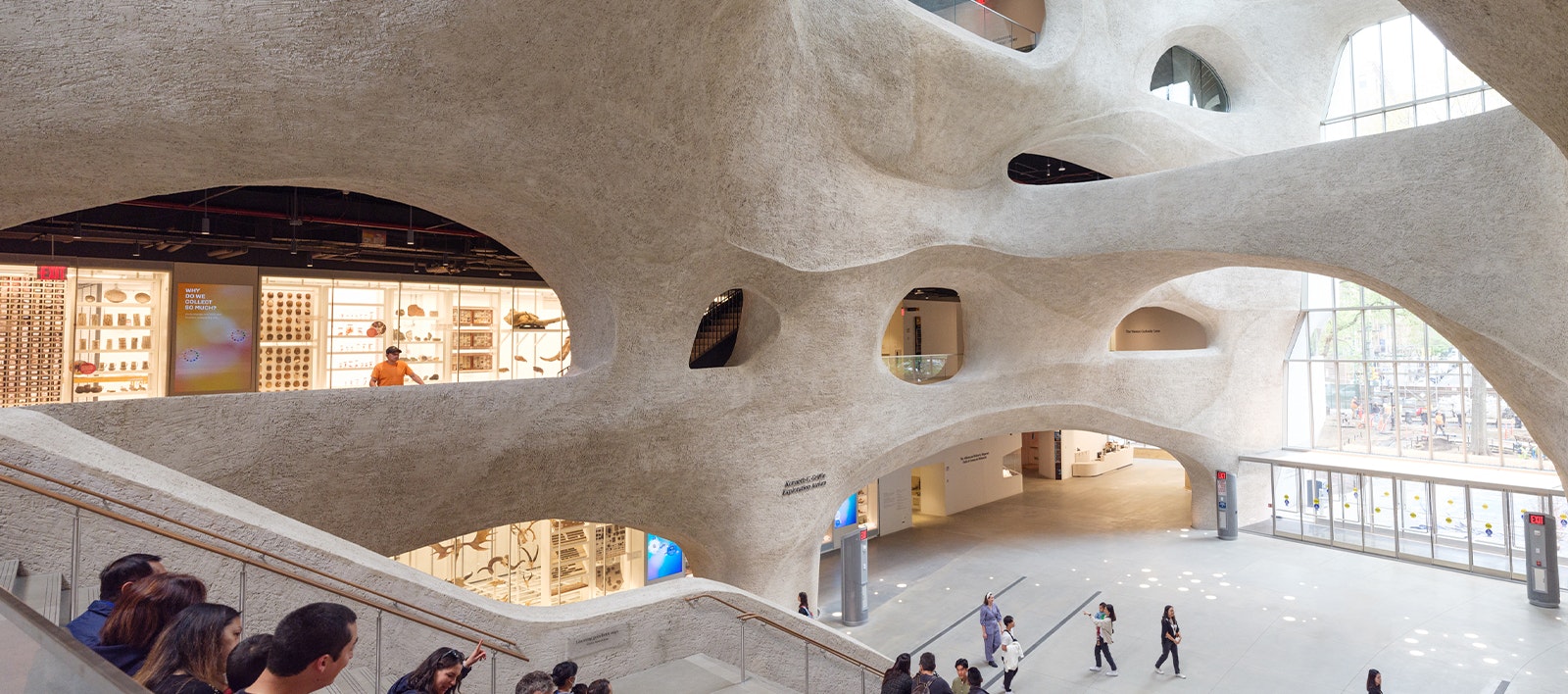
- American Museum of Natural History New York is one of the largest museums in the world. American history best represented in this museum with recreated sets, original as well as replica pieces of prominent historical figures and structures.
- With the incorporation of multimedia technologies, you can now experience the American Museum of Natural History’s unparalleled view the world in hyperreal 3D.
- Utilizing the current advancement in robotics, American Museum of Natural History New York aims to take you beyond your regular terrestrial habitat. You can encounter the magnanimous world that exists underwater and survey the flora and fauna right before your eyes.
- The American Museum of Natural History, in association with Neil DeGrasse Tyson, will attempt to shed light on the 95% of our universe that still remains out of human reach. You will get to know about dark matter and dark energy which is still beyond absolute comprehension.
- A museum is not complete without an extensive collection of fossils. American Museum of Natural History New York takes great care to satisfy the millions of visitors who come here to see excavated fossils of dinosaurs and other prehistoric creatures. Some of the preserved fossils even come with skin remains that were discovered with it.
Recommended AMNH Tickets
The American Museum of Natural History offers one of the best museum experiences in New York City. Check out these AMNH Tickets for all the details.
Permanent Exhibitions at the American Museum of Natural History
1Biodiversity and Environmental Halls
The Biodiversity and Environmental Halls at the American Museum of Natural History are one of the most popular attractions among tourists. The uniqueness lies in the fact that these halls don’t shy away from showing the agents that are endangering our environment while keeping everything simplistic and easy on the eyes.

2Birds and Reptiles and Amphibian Halls
This area is divided into four halls. The Hall of Reptiles and Amphibians displays an astonishing variety of the said class of animals. Hall of Birds of the World acquaints you to the species of birds spread all over the world, whereas Hall of New York City Birds explores the birds that are seen in the Big Apple round the year. The Leonard C. Sanford Hall of North American Birds depicts birds that have North America as their native habitat.

3Earth and Planetary Sciences Halls
This is another significant area of the American Museum of Natural History. It is divided into three halls. Arthur Ross Hall of Meteorites specializes in the study of meteorite segments from different parts of our universe. Guggenheim Hall of Minerals displays hundreds of mineral samples collected from around the planet. Morgan Memorial Hall of Gems is known for its vast collection of precious stones.
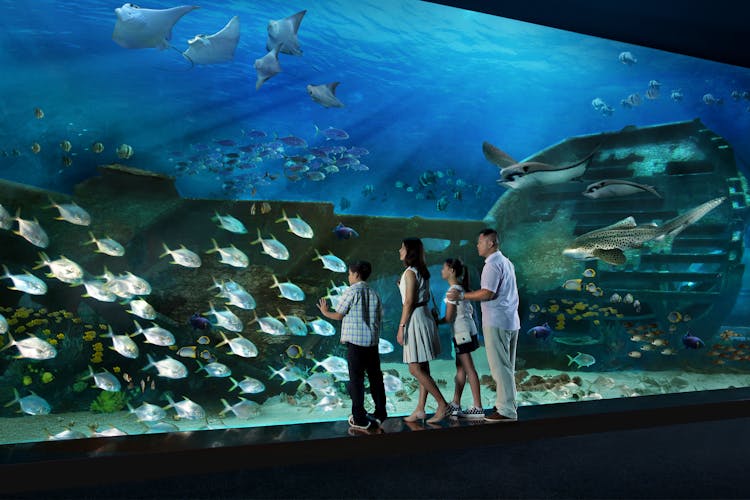
4Fossil Halls
Possibly the most popular attraction, the fossil halls occupy a large section of the American Museum of Natural History. Apart from displaying fossils of prehistoric creatures, this hall also deals with advanced topics, like vertebrate origins, mammalian lineage, and evolutionary science in detail.
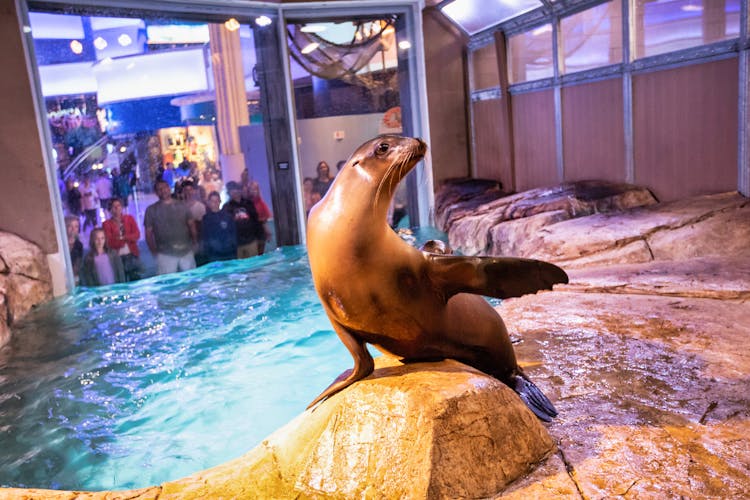
5Human Origins and Cultural Halls
This hall has eight different sections that deal with the origins and development of the human race during the course of history. The exhibitions are mainly focused on imparting the knowledge that has been gained about human civilization in particular demographic locations. It is quite interesting to observe exactly how the same species have evolved to be so different over the years.

6Mammal Halls
This exhibition at the American Museum of Natural History affords you an in-depth look into the world of mammals. There are multiple subsections of the hall that concentrate on mammals from different parts of the planet. In addition, there is a section dedicated to primates, which connects their origin with human evolution.

7Rose Center for Earth and Space
This hall brings to life the ever familiar yet strangely evasive universe of ours. Comprising of the immense Hayden Big Bang Theatre, this exhibition aims at chronicling the 13 billion-year-old history of the cosmos. Additionally, the David S. and Ruth L. Gottesman Hall of Planet Earth deals with the subject of the evolution of planet Earth.
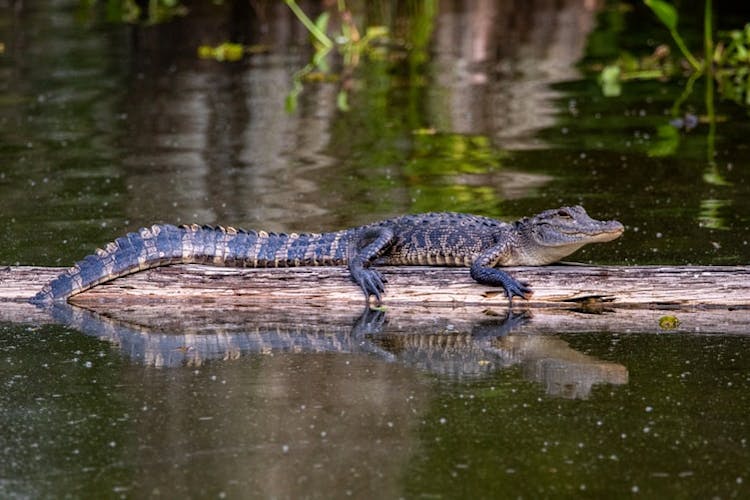
8Theodore Roosevelt Memorial Hall
The American Museum of Natural History dedicates this hall to the 33rd Governor of New York State and the 26th President of the United States, Theodore Roosevelt. The hall explores the life of Theodore Roosevelt in various phases leading up to his tenure at the White House. Apart from that, the Roman architecture of the structure is also one to behold.

9Discovery Room
Although the American Museum of Natural History mainly deals with advanced subjects, it takes special care to retain the element of wonder and discovery. This hall is specifically created for little explorers between the ages of 5 and 11 years. All the major field of science is covered in this exhibition and is neatly packed with bite-sized knowledge.

10The Titanosaur
One of the largest and newest exhibits on display at the American Museum of Natural History is The Titanosaur. This 122-foot long behemoth garners a lot of attention from experts given its relatively recent discovery. The dinosaur is thought to be a herbivore that walked the Earth around 100 to 95 million years ago.
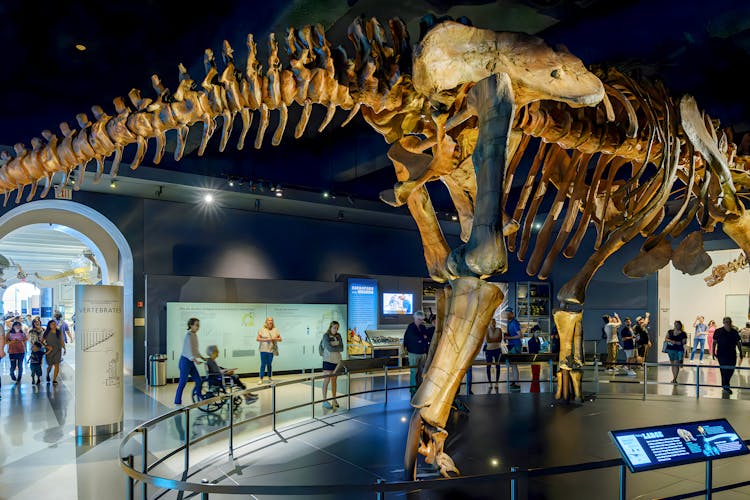
Special Exhibitions at the American Museum of Natural History
1 Davis Family Butterfly Vivarium
Immerse yourself in a vibrant, tropical oasis where hundreds of butterflies from around the world take flight. Home to 80 unique species, this enchanting vivarium showcases these delicate creatures as they flutter among lush greenery. Observe their interactions, discover their fascinating life cycle, and explore their essential role in the ecosystem.
📍 Location: Floor 4, LeFrak Family Gallery
🎟 Included with admission: No
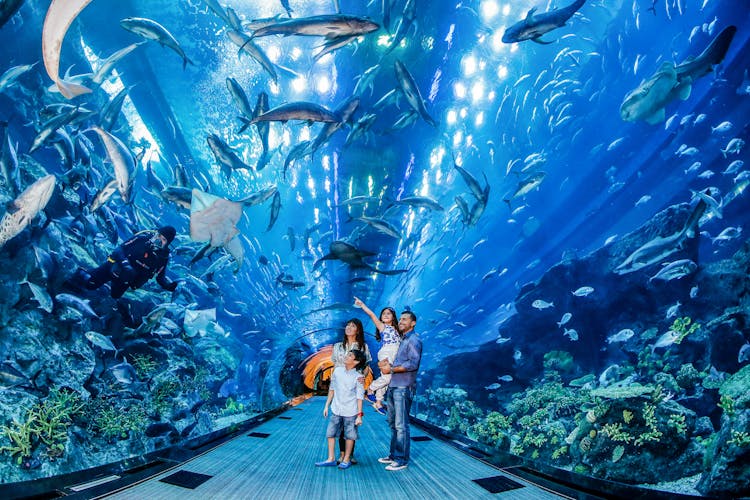
2 The Secret World of Elephants
Discover the remarkable intelligence, deep emotions, and strong social connections of elephants in this captivating exhibit. Gain insight into their daily lives, from nurturing their young to complex communication. Explore the challenges they face, including poaching and habitat loss, for a thought-provoking look at these majestic creatures.
📍 Location: Floor 4, LeFrak Family Gallery
🎟 Included with admission: No
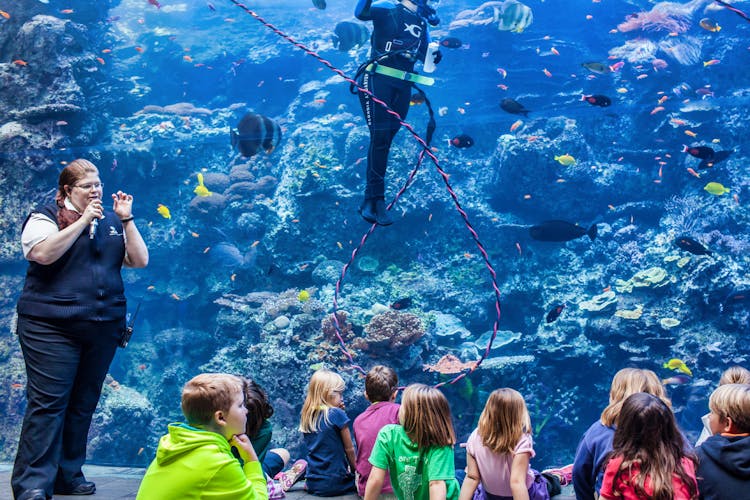
3 Worlds Beyond Earth
Embark on a stunning 25-minute journey through our solar system, narrated by Academy Award winner Lupita Nyong’o. Explore the dynamic landscapes of neighboring planets—from vast oceans to towering volcanoes and fierce storms. Discover the extraordinary chain of events that made life on Earth possible.
📍 Location: Floor 1, Samuel J. and Ethel LeFrak Theater
🎟 Included with admission: No

4 Hayden Planetarium Space Show
Hayden Planetarium Space Theatre is a 429-seater hall that is the host of this hugely popular virtual reality space show. Known for its hyperrealism, the shows hosted here are accompanied with in-depth visualization and expert insights.
📍 Location: Hayden Planetarium Space Theatre
🎟 Included with admission: No

5 Invisible Worlds: Immersive Experience
Step into a mesmerizing journey through the unseen, from microscopic life to the farthest reaches of space. This interactive exhibit reveals the hidden connections between cells, ecosystems, and the universe using cutting-edge technology. Experience a world beyond the visible, where science and innovation bring the invisible to life.
📍 Location: Floor 4, LeFrak Family Gallery
🎟 Included with admission: No

American Museum of Natural History Timings
AMNH is open every day of the week from 10am to 5:30pm.
Best Time to Visit
Head to the museum on weekdays, especially in the mornings or late afternoons, for a quieter and more relaxed experience. Peak season (June to August) brings a lively atmosphere with families, tourists, and school groups, while the low season (January to March) makes for a more tranquil visit.
Suggested Duration
AMNH is so vast, you’ll need at least 4 to 5 hours to fully explore its vast exhibits, from the iconic T. rex and massive blue whale model, to immersive experiences like the Hayden Planetarium and interactive science displays.
Getting There
By Subway
Take the B or C train to 81st Street. You may enter the American Museum of Natural History directly from the 81st Street station.
By Bus
Take any bus to Columbus Avenue, including M79, M7, M10, M11, M86, and M104.
By Car
Arrive at 56 West 81st Street via Central Park West. Parking is available within the museum with hourly rates.
Quick Tips For a Smooth Visit
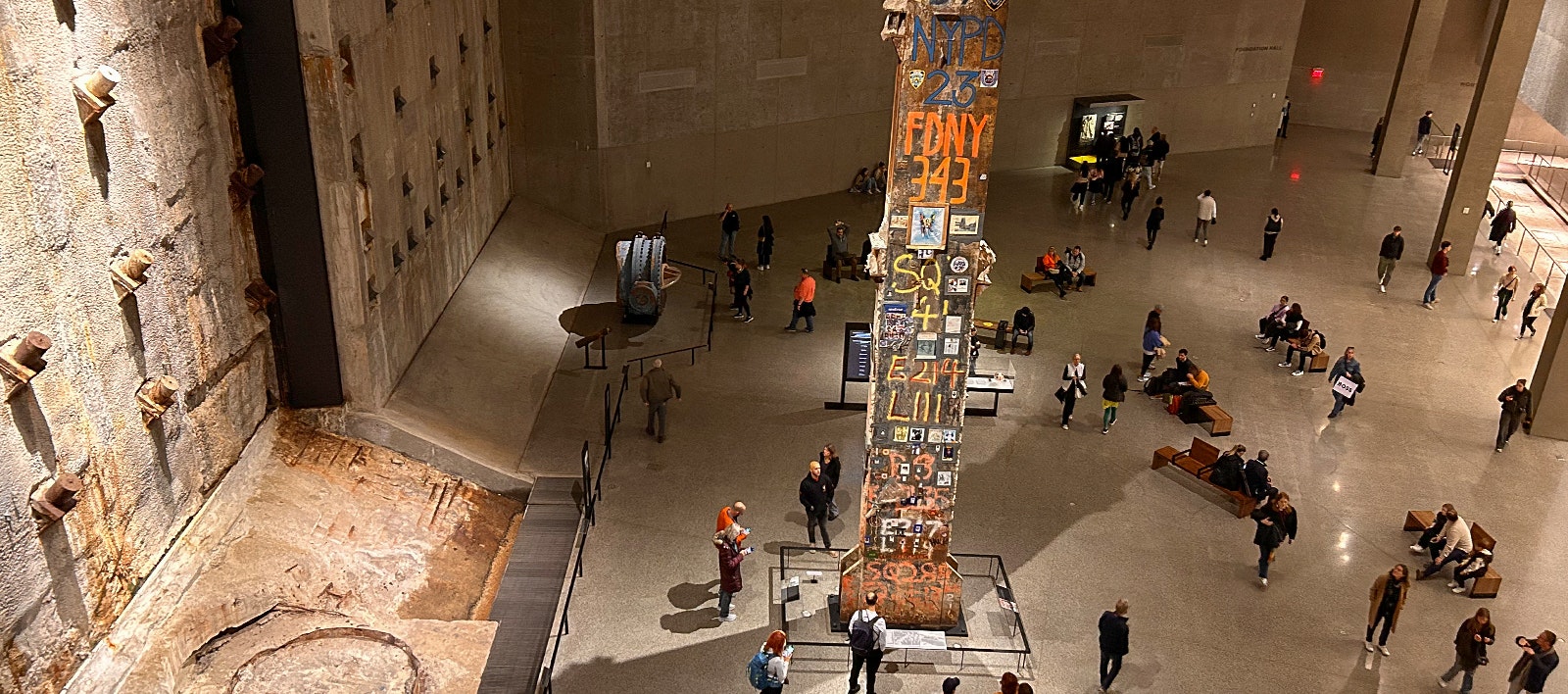
- Take a little time to read the floor maps of the museum and strategize your visit beforehand to make optimum utilization of time.
- There are three restaurants and cafes within the museum, so you do not have to leave the premises to grab a bite.
- All exhibitions, theatres, and food service areas are accessible by wheelchair.
- All restrooms except for one each on the first, second, and third floor are accessible by wheelchair.
- You may check your coats, jackets, umbrellas at the coat check within the museum. Luggage, musical instruments, computers, wallets, and other items of high value are not accepted at the coat check.
- Photography for personal use is permitted within the museum unless otherwise stated.
- Opt for the guided tours for the guided tours for the advanced subject halls. Guided tours are free with the admission pass.
American Museum of Natural History Facts
- The AMNH’s Titanosaur skeleton, one of the largest dinosaurs ever discovered, is so massive that its head sticks out of the exhibit room!
- The Ahnighito meteorite in the Hall of Meteorites is so heavy (34 tons) that it had to be placed on its own special foundation to prevent it from sinking into the floor.
- The Star of India, a 563-carat sapphire displayed at the Allison and Roberto Mignone Halls of Gems and Minerals, was once stolen in a heist in 1964 but was recovered within days.
- The American Museum of Natural History has a time capsule buried beneath it, set to be opened in the year 3000.
- A real giant squid, preserved in a glass case, lurks in the museum’s Hall of Ocean Life—one of the few full-body specimens on display in the world.
- The museum’s library holds rare handwritten notes from famous public figures like Charles Darwin and Theodore Roosevelt!
American Museum of Natural History Reviews
Restaurants in the American Museum of Natural History

This is the only table-service dining option at AMNH. The restaurant offers contemporary American cuisine with a focus on sustainability and locally sourced ingredients. While enjoying dishes like the Grilled Short Rib Steak, Fried Chicken Sandwich, and New York Style Cheesecake, diners can take in sunlit views of the Kenneth C. Griffin Atrium.

The Museum Food Court stays open longer than other dining spots, making it a convenient stop for a quick breakfast or a post-visit snack. It’s rotating menu includes gluten-free and nut-free options. Try out some guest favorites like mac and cheese, pizzas, and hot dogs while you’re there.

After marveling at the life-sized blue whale in the Milstein Hall of Ocean Life or exploring the exhibits at the Richard Gilder Center, take a break at Cafe on 1 for a quick bite. The cafe offers a mix of gourmet and grab-and-go options, including made-to-order panini sandwiches and cheese and dried fruit plates.

Refuel at Cafe on 4 after seeing the towering T-rex and Titanosaur. Conveniently located near the dinosaur exhibits, this casual snack spot offers a selection of sandwiches, soups, salads, desserts, and beverages, making it perfect for a quick break.
American Museum of Natural History FAQs
We recommend a minimum of two and a half hours to experience the Museum. Give yourself an extra hour if you are seeing one of our shows or special exhibitions.
The American Museum of Natural History is the largest natural history museum in the world with a mission commensurately monumental in scope. The entire museum spans 4 city blocks and consists of some 25 interconnected buildings.
The Museum is renowned for its exhibitions and scientific collections, which serve as a field guide to the entire planet and present a panorama of the world's cultures.
The museum collections contain over 34 million specimens of plants, animals, fossils, minerals, rocks, meteorites, human remains, and human cultural artifacts, as well as specialized collections for frozen tissue and genomic and astrophysical data, of which only a small fraction can be displayed at any given time.
This museum is incredible. Even the cafeteria and gift shop are worth your notice. There are approximately 32 million artifacts inside, spread across four city blocks, 25 buildings and through 45 exhibition halls, so don't even plan on seeing everything in one day.



